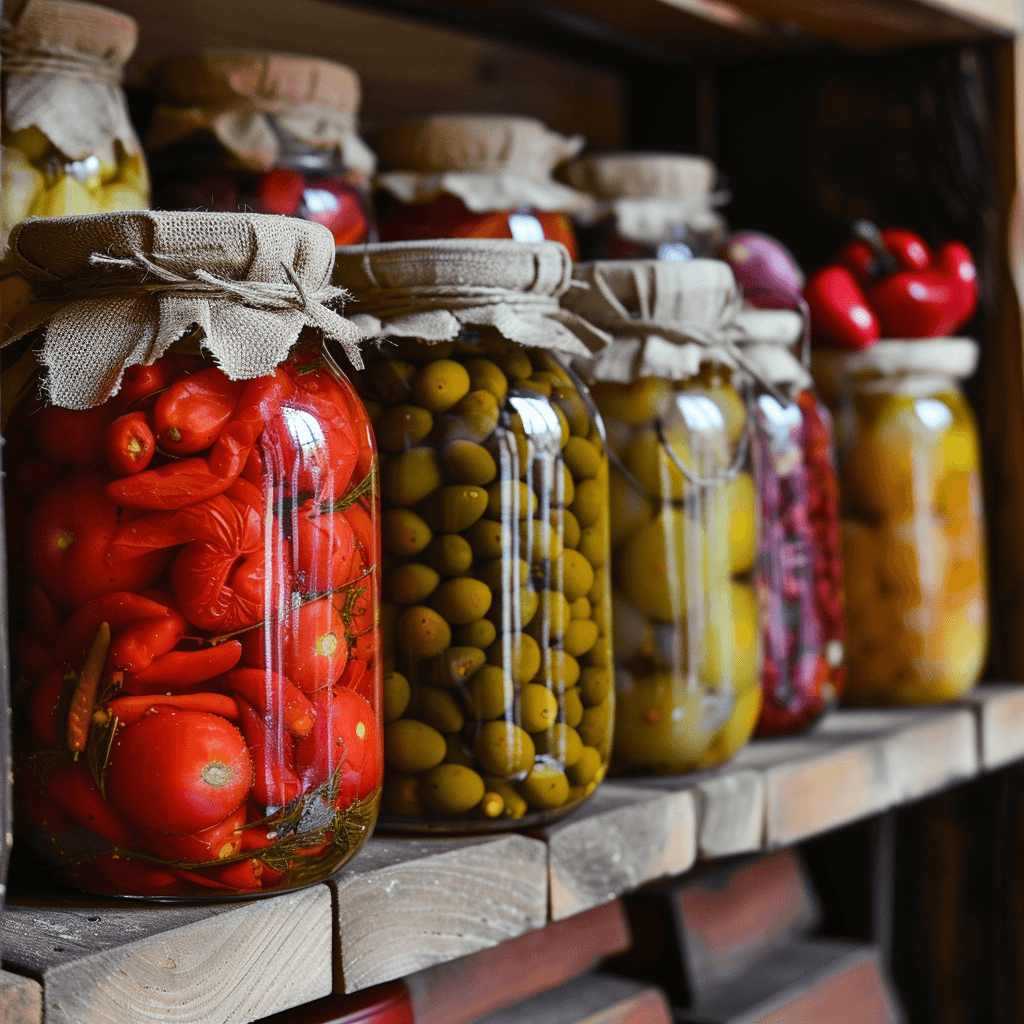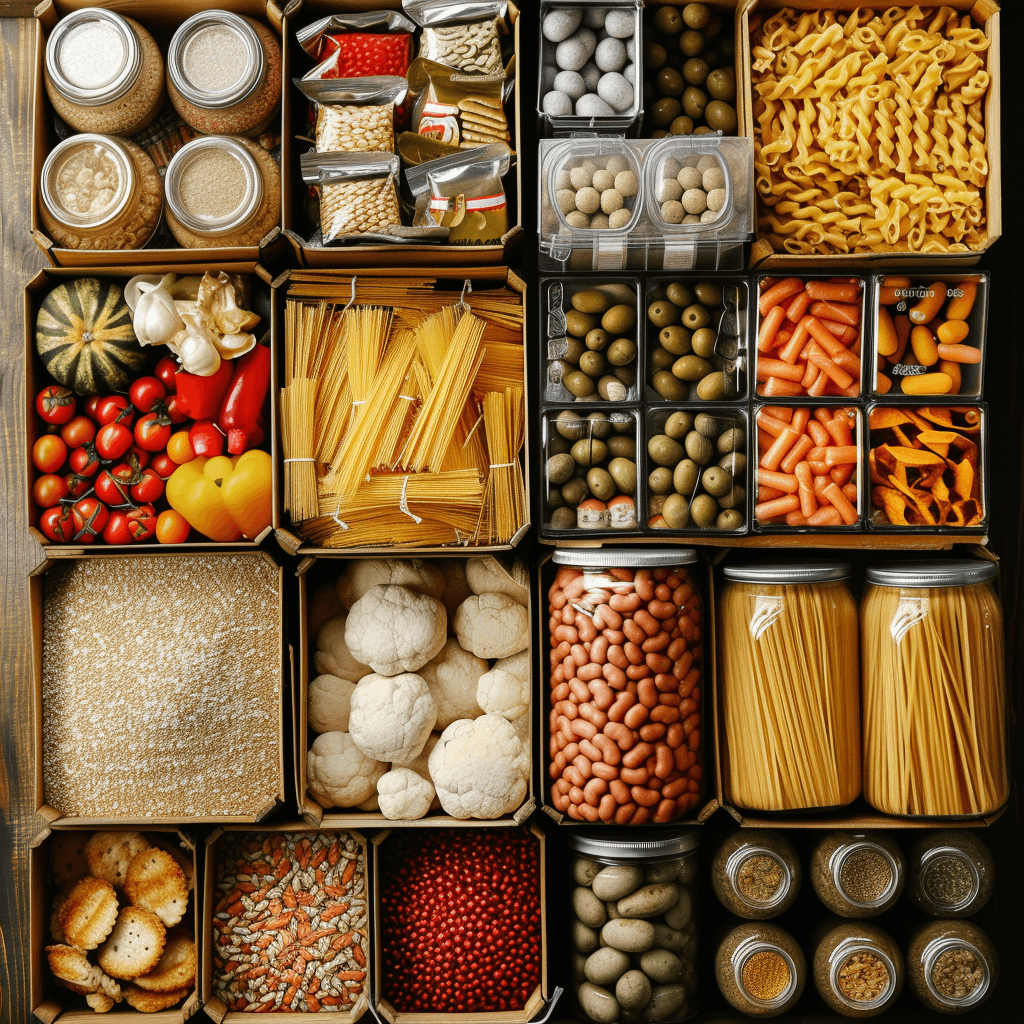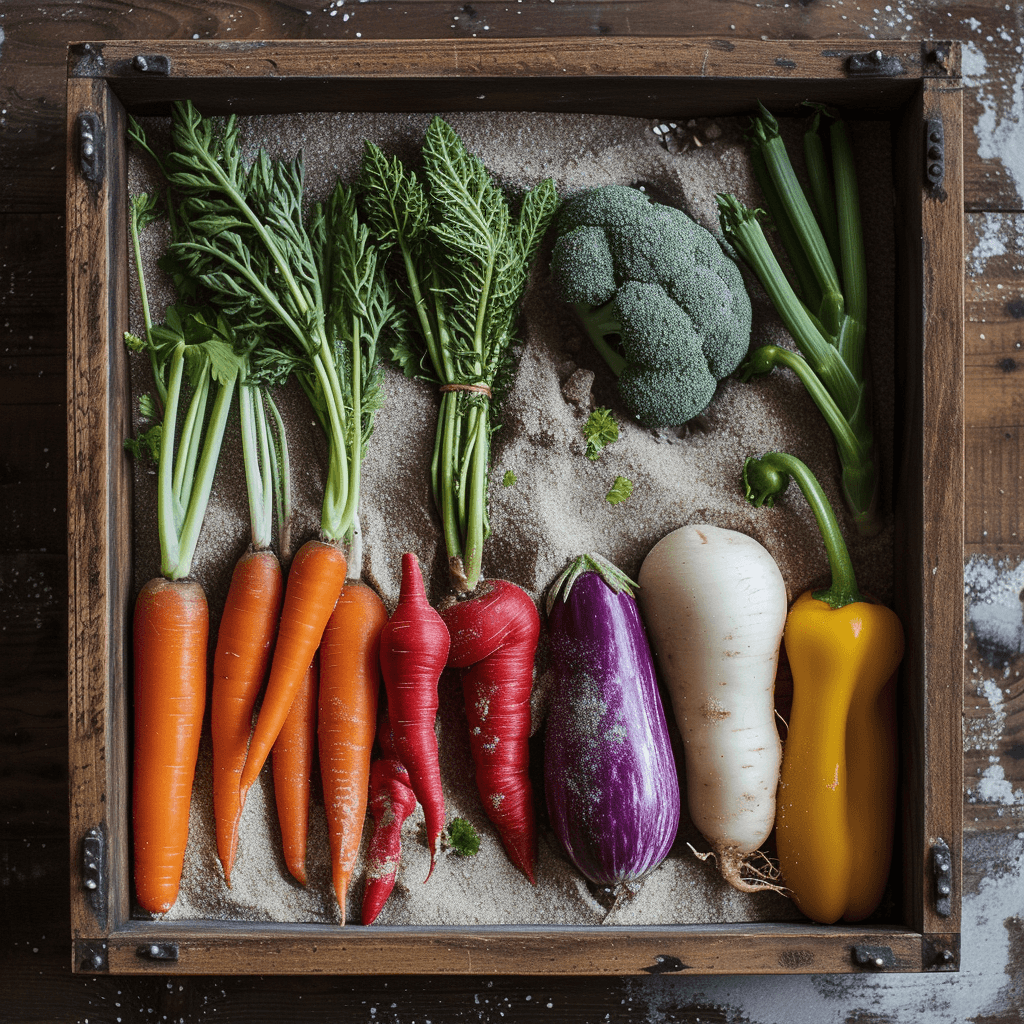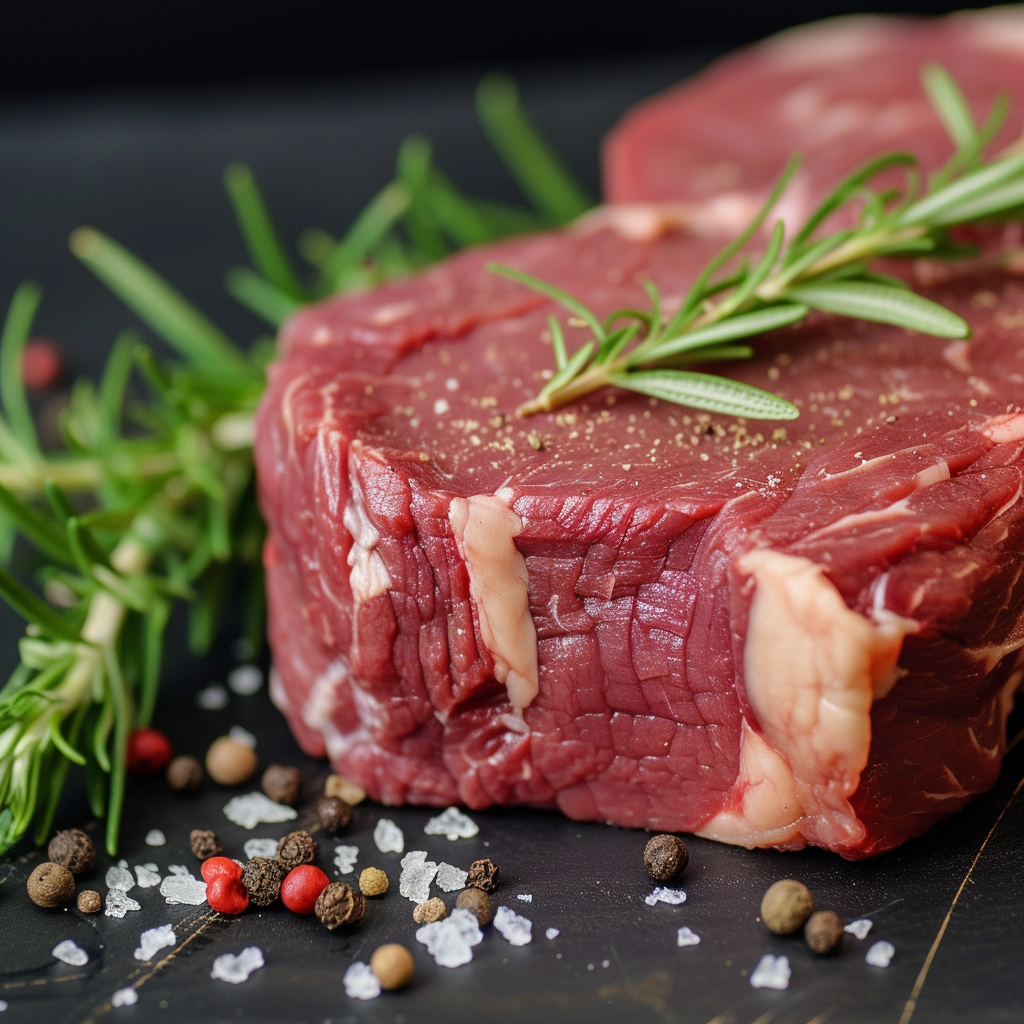So, imagine this: you find yourself in the middle of nowhere, with no electricity in sight, and you have a bunch of perishable food items that you don’t want to go to waste. What do you do? Well, it turns out, there are some ingenious ways to preserve food without the need for electricity. In this article “How Do You Preserve Food Without Electricity”, I’ll be exploring some unconventional preservation methods that have been used throughout history, and even some modern techniques that can come in handy when you find yourself without any power. Get ready to discover the secrets of preserving food like a pro, even when the lights go out.
Methods of Food Preservation
Preserving food has been a crucial practice since ancient times, allowing us to extend the shelf life of perishable items and ensure we have a steady supply of food, even in times of scarcity or when access to electricity is limited. In this article, I will explore various methods of food preservation that do not rely on electricity. From canning to fermenting, salting to drying, and many more, these techniques have stood the test of time and continue to be used today.
Canning
Canning is a popular method of food preservation that involves sealing food in airtight containers, such as glass jars, to prevent spoilage and the growth of bacteria. There are two primary methods of canning: boiling water bath canning and pressure canning.
Boiling Water Bath Canning
Boiling water bath canning is suitable for high-acid foods, such as fruits, pickles, and most tomatoes. The process involves heating the filled jars in boiling water for a specified period, effectively destroying any potentially harmful microorganisms. This method is simple and can be done with basic kitchen equipment.
Pressure Canning
Pressure canning, on the other hand, is necessary for low-acid foods, including vegetables, meat, and seafood. These foods require higher temperatures to eliminate harmful bacteria, which can only be achieved under pressure. A pressure canner is used to regulate the pressure and temperature during the canning process.
Fermenting
Fermentation is not only a preservation method but also a way to enhance the flavor and nutritional value of certain foods. Through the natural process of fermentation, sugars and starches are converted into alcohol or acid by microorganisms, such as bacteria or yeast. Some popular fermented foods include sauerkraut, kombucha, and yogurt.
Fermentation Basics
Fermentation relies on creating the right environment for the growth of beneficial bacteria. This typically involves adding salt to vegetables or sugar to fruits to encourage the fermentation process. The food is then left to ferment at a controlled temperature for a certain period, allowing the beneficial bacteria to thrive and preserve the food.
Lacto-Fermentation
Lacto-fermentation is a specific type of fermentation in which lactic acid bacteria, naturally present on the vegetables or added through a starter culture, convert the sugars in the vegetables into lactic acid. This process gives foods like sauerkraut and kimchi their distinctive tangy flavor. Lacto-fermented vegetables are not only delicious but also rich in probiotics, which promote a healthy gut.
Kombucha
Kombucha is a fermented beverage made from sweetened tea that is fermented by a symbiotic culture of bacteria and yeast (SCOBY). The SCOBY feeds on the sugar in the tea, producing a fizzy, slightly tangy drink. Kombucha is not only a refreshing beverage but also believed to have potential health benefits due to the presence of beneficial bacteria and antioxidants.
Sauerkraut
Sauerkraut, a fermented cabbage dish, is a staple in many cultures. Thinly sliced cabbage is mixed with salt and left to ferment in its juices, creating an acidic and tangy taste. Sauerkraut is not only a tasty addition to sandwiches and sausages but also a probiotic-rich food that supports digestive health.
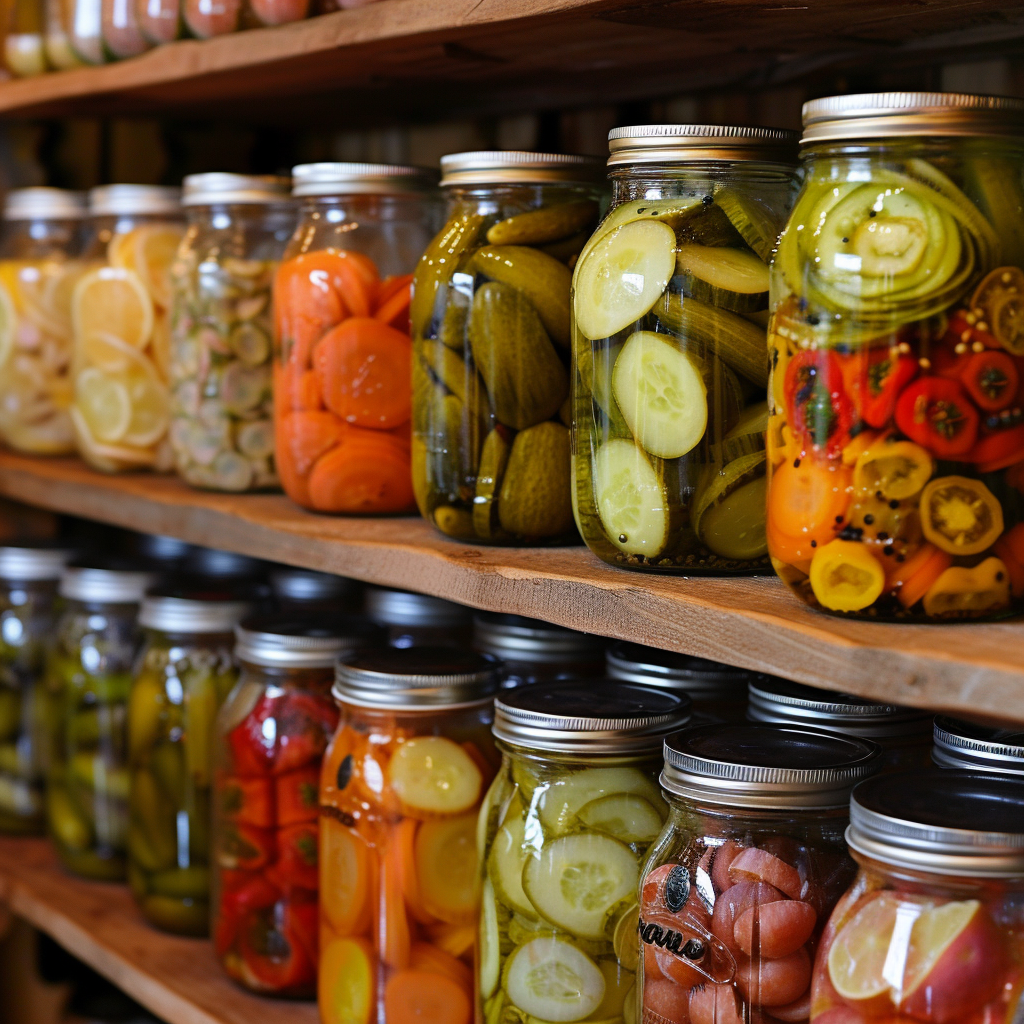
Salting
Salting is one of the oldest methods of food preservation and has been used for centuries to preserve meat, fish, and vegetables.
Basic Salt Preservation
The basic principle of salt preservation involves coating the food in salt, which draws out moisture from the food and creates an environment where bacteria cannot thrive. The type and amount of salt used depend on the food being preserved.
Salted Meats
Salted meats, such as bacon, ham, and salted fish, have been essential sources of protein for centuries, particularly in regions without easy access to refrigeration. The salt acts as a preservative, inhibiting the growth of bacteria and preventing spoilage. Over time, the salt also enhances the flavor and texture of the meat.
Salted Fish
Salted fish is a popular preservation method in coastal areas around the world. In this process, fish is thoroughly cleaned, coated with salt, and then left to dry either in the open air or in a controlled environment. The salt removes moisture from the fish, making it inhospitable to bacteria and prolonging its shelf life. Salted fish can be rehydrated and used in various dishes or enjoyed as a snack.
Salted Vegetables
Salt-preserved vegetables, such as pickles and sauerkraut, offer a delicious way to preserve the harvest. Vegetables are typically submerged in a brine solution containing salt and water, allowing the natural fermentation process to occur. The salt keeps the vegetables crisp while also preserving their flavor and nutritional value.
Drying
Drying is a method of food preservation that involves removing moisture from the food, making it inhospitable to bacteria and mold. This technique has been used for centuries to preserve fruits, vegetables, meats, and herbs.
Air Drying
Air drying is the most traditional method of drying food, relying on the natural airflow and temperature to remove moisture from the food. Fruits and vegetables are sliced or halved and then placed on racks or hanging nets in a well-ventilated area. The food is left to dry for several days or even weeks, depending on the moisture content and desired texture.
Sun Drying
Sun drying is similar to air drying but relies on the heat and energy from the sun to speed up the drying process. This method is particularly suitable for regions with high sun exposure and low humidity. Fruits, vegetables, and herbs are spread out on trays or mats and placed in direct sunlight until they are completely dehydrated.
Oven Drying
Oven drying is a convenient method for drying small quantities of food. The food is spread out on baking sheets or wire racks and placed in an oven set to a low temperature. The oven door is left slightly ajar to allow moisture to escape. This method requires monitoring and regular checking to prevent over-drying or burning of the food.
Dehydration Equipment
For more efficient and precise drying, dehydration equipment such as food dehydrators can be used. These devices provide controlled temperature and airflow, ensuring even drying and reducing the risk of spoilage. Dehydrators are available in various sizes and models, catering to different needs and budgets.
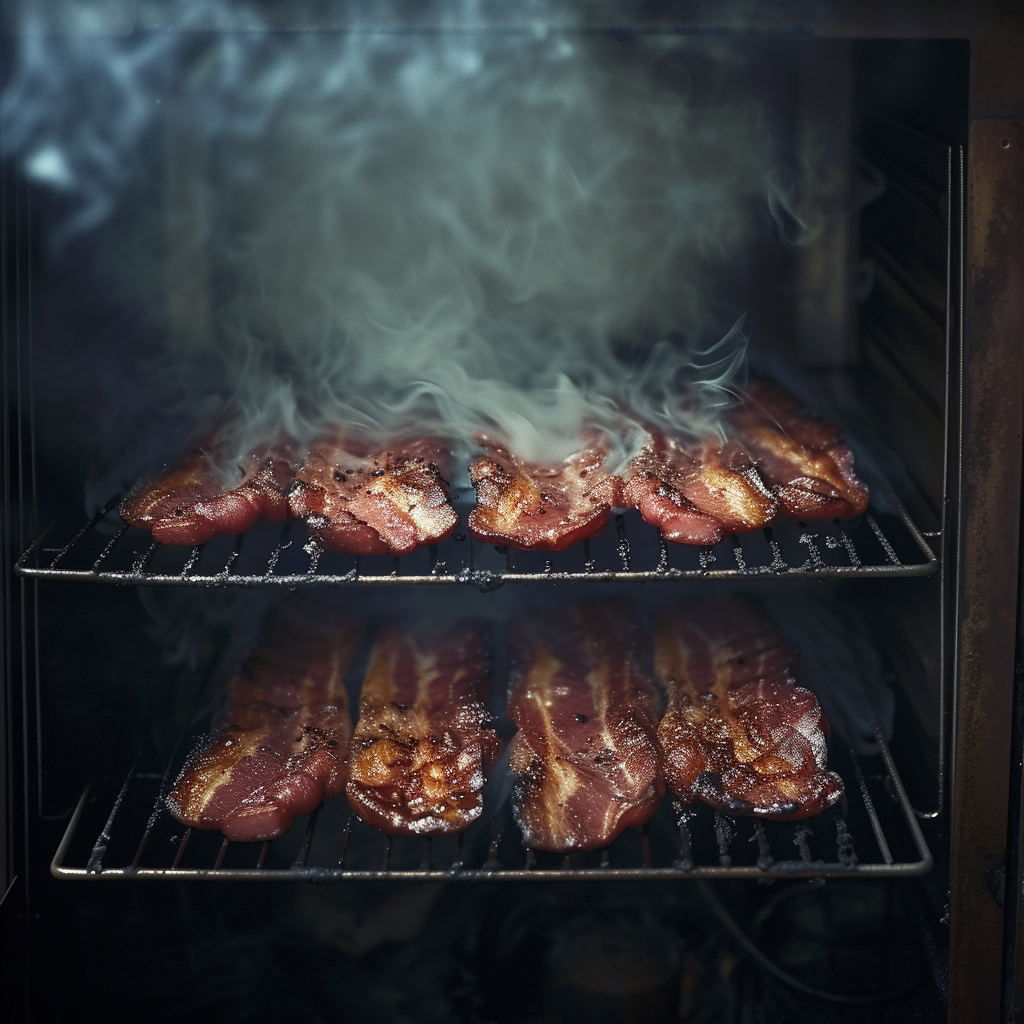
Smoking
Smoking is a preservation method that not only extends the shelf life of food but also imparts a distinctive smoky flavor. It has been used for centuries, primarily for preserving meats and fish.
Hot Smoking
Hot smoking is the process of exposing food to smoke generated by burning wood or other combustible materials. The food is simultaneously cooked and smoked, reaching a safe internal temperature while absorbing the smoky flavors. Hot smoking is commonly used for meats like pork, beef, and poultry, as well as for some types of fish.
Cold Smoking
Cold smoking is a slower process that involves exposing the food to smoke without applying heat. The aim is to flavor the food with smoke and dry it, rather than fully cook it. Cold smoking is typically done at lower temperatures and for a more extended period. This method is commonly used for delicate foods like fish, cheese, and certain types of cured meats.
Smokehouse Construction
To effectively smoke food, a smokehouse can be constructed. A smokehouse provides the ideal environment for smoking, controlling factors such as temperature, airflow, and smoke generation. Smokehouses can be built in various sizes and designs, ranging from simple DIY setups to more elaborate structures.
Pickling
Pickling is a preservation method that involves preserving food in an acidic solution, such as brine or vinegar. This technique not only extends the shelf life of the food but also adds a tangy and often savory flavor.
Basic Pickling Methods
The basic principle of pickling involves submerging the food in a solution containing salt or vinegar. The acidity of the solution inhibits the growth of bacteria and preserves the food. Various spices, herbs, and additional ingredients can be added to enhance the flavor profile.
Brine Pickling
Brine pickling involves soaking the food in a saltwater solution, known as brine. The food can be pickled whole, sliced, or cut into smaller pieces. Brine pickling is commonly used for cucumbers, olives, and root vegetables like carrots and beets. The pickling time can range from a few hours to several weeks, depending on the desired taste and texture.
Vinegar Pickling
Vinegar pickling uses vinegar as the primary component of the pickling solution. The acidity of the vinegar acts as a preservative and imparts a distinct tangy flavor to the food. Vinegar pickling is popular for items like onions, peppers, and certain fruits. The pickling time varies depending on the specific recipe and desired taste.
Fruit Pickling
While pickling is commonly associated with vegetables, fruits can also be pickled to create unique flavors and preserve their natural sweetness. Pickled fruits are a versatile addition to various dishes, from salads to desserts. Fruits like grapes, peaches, and apples can be pickled using a variety of spices and sweet or tangy pickling solutions.
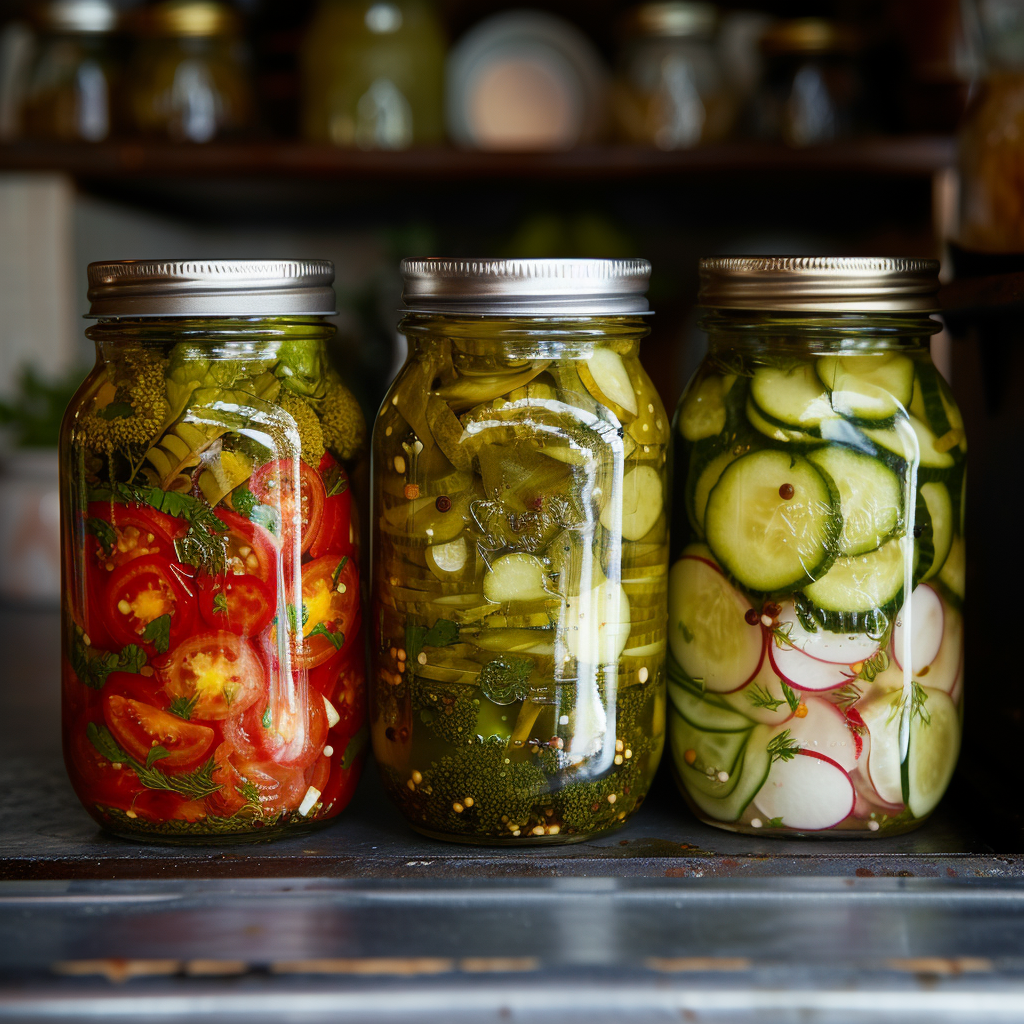
Root Cellaring
Root cellaring is a centuries-old technique that involves storing fruits, vegetables, and even some herbs in an underground space where temperature, humidity, and ventilation are naturally controlled.
Creating a Root Cellar
A root cellar can be created by utilizing an underground space, such as a basement or a specially constructed cellar. The area should have proper insulation, ventilation, and shelves or storage bins for organizing the produce. The cool and stable environment of a root cellar helps slow down the natural decay processes of fruits and vegetables, allowing them to last for months.
Vegetables for Root Cellaring
Certain vegetables are particularly suitable for root cellaring due to their ability to withstand cool temperatures and higher humidity levels. Examples include potatoes, carrots, beets, onions, garlic, and winter squash. These vegetables can be stored in a root cellar without the need for canning, freezing, or drying, preserving their nutritional value and flavor.
Ideal Storage Conditions
To ensure the optimal storage conditions in a root cellar, it’s important to monitor and maintain specific temperature and humidity levels. The temperature should be kept between 32°F (0°C) and 50°F (10°C), while the humidity should be maintained around 90-95%. Proper ventilation is also essential to prevent the buildup of odors and gases that could affect the stored produce.
Storing in Underground Structures
Storing food in underground structures serves as an alternative method when underground spaces specifically designed for root cellaring are not available. This approach utilizes natural underground environments like caves, dugouts, or specially constructed Maka pits, which maintain stable temperature and humidity levels.
Underground Storage Options
Caves and underground caves can provide excellent storage options as they offer stable temperatures and high humidity levels. These natural structures have been used for centuries to store perishable food items, creating cool environments that slow down spoilage and decay. Additionally, dugouts, constructed in sloped or hilly areas, can provide viable storage spaces while benefiting from the insulating properties of the earth.
Benefits and Considerations
Storing food in underground structures can offer numerous advantages, including the ability to create natural refrigeration without electricity, reducing energy consumption and costs. These spaces provide consistent temperature and humidity levels, extending the shelf life of produce and other perishables. However, careful consideration must be given to ventilation, protection from pests, and structural integrity to ensure the safety and longevity of the stored food.
Conclusion
In conclusion, while electricity has revolutionized the way we preserve and store food, numerous effective methods exist that do not rely on this modern amenity. From canning and fermenting to salting, drying, smoking, pickling, freezing, root cellaring, utilizing solar power, and storing in underground structures, these time-tested techniques have allowed our ancestors to thrive and have a steady supply of food throughout history. Whether you are living off-grid, want to reduce your environmental impact, or simply appreciate the art of traditional preservation, exploring these methods can be a rewarding and sustainable endeavor.

